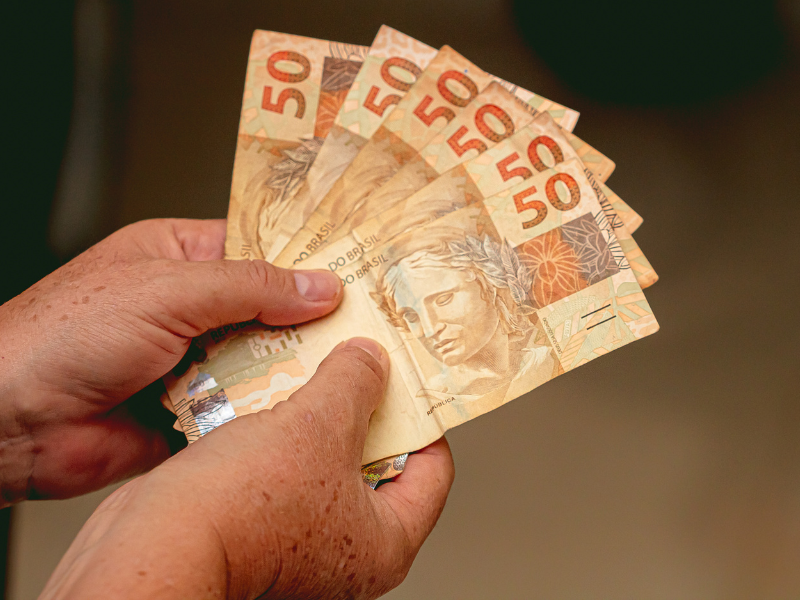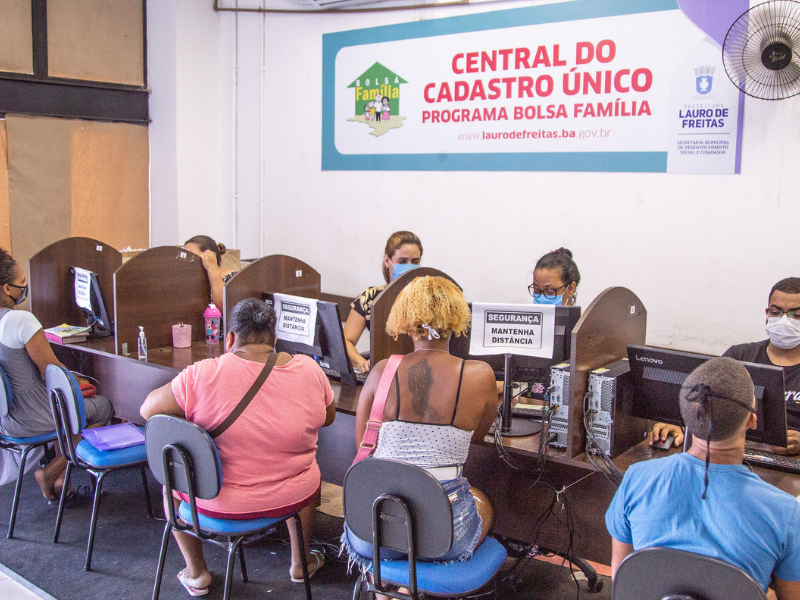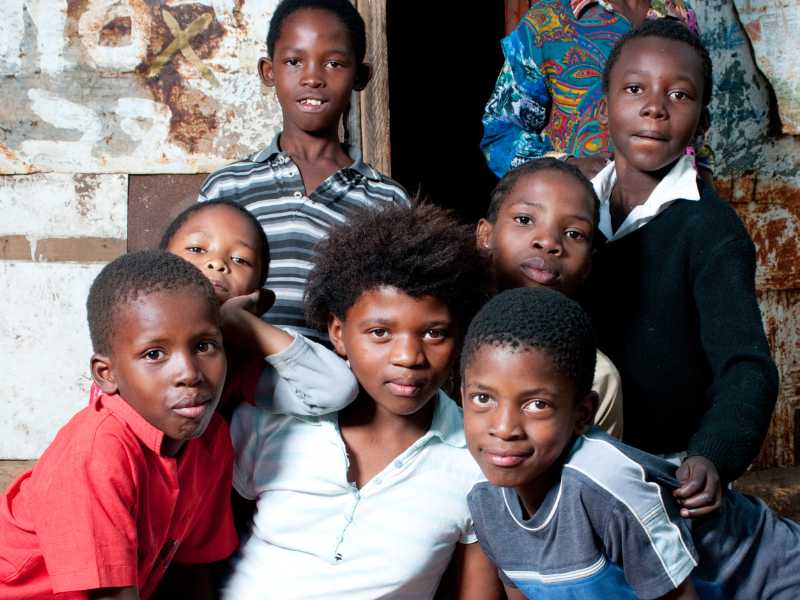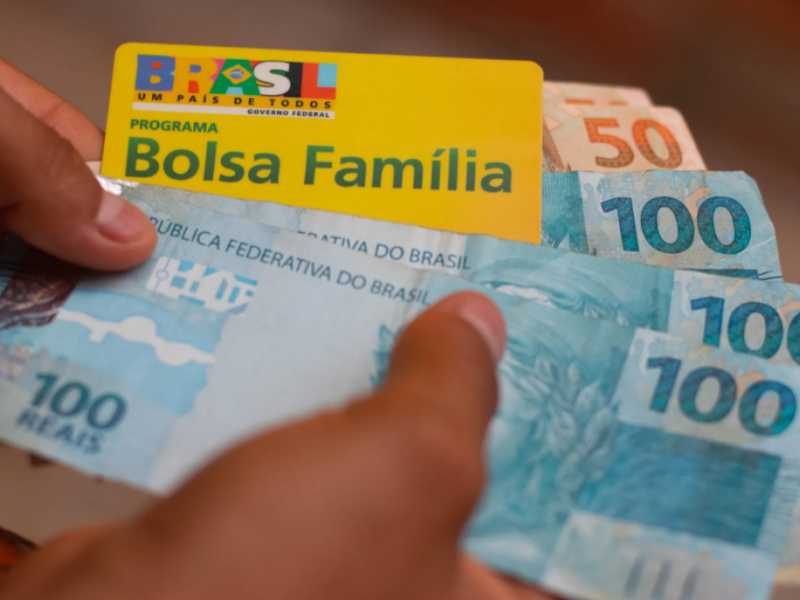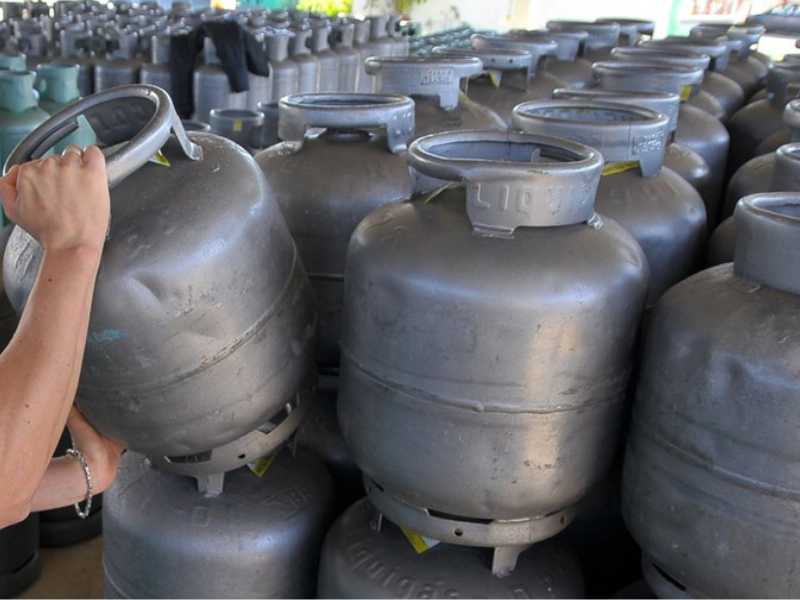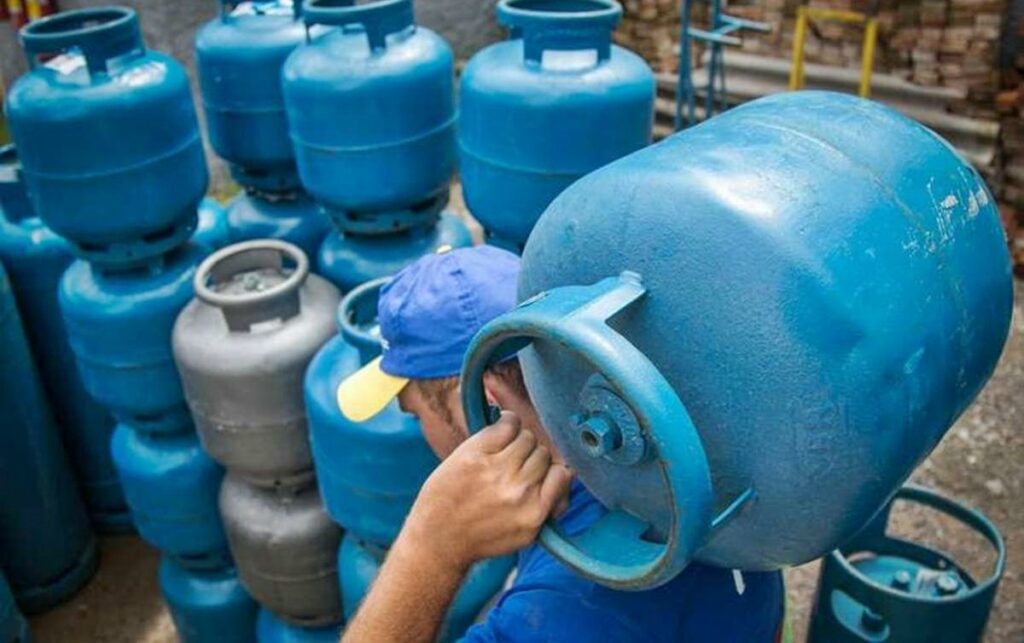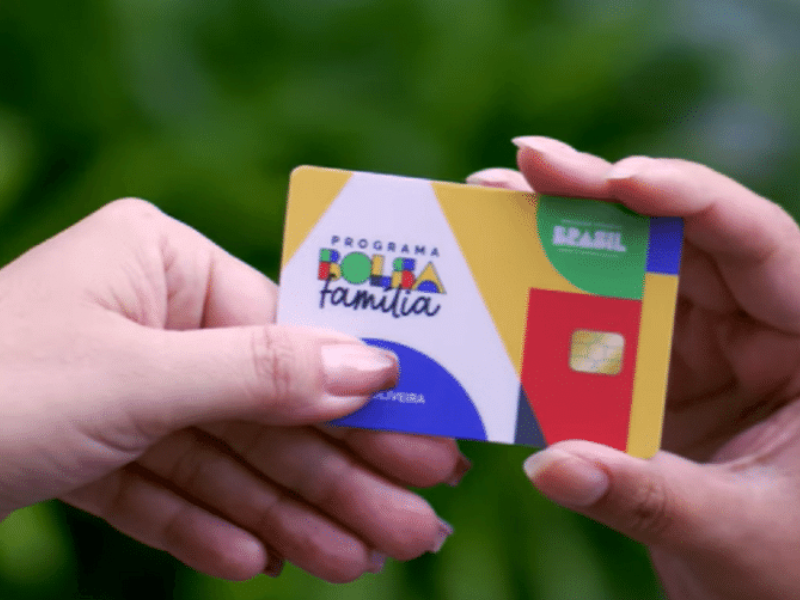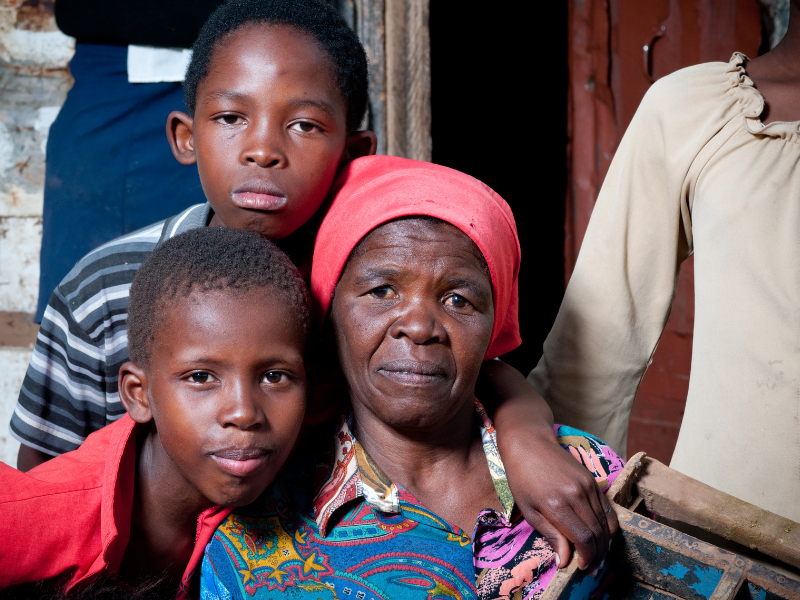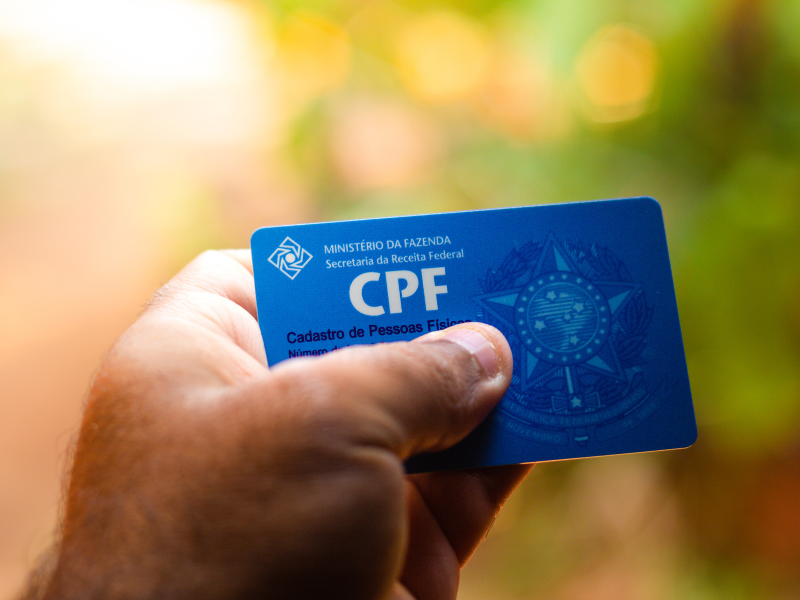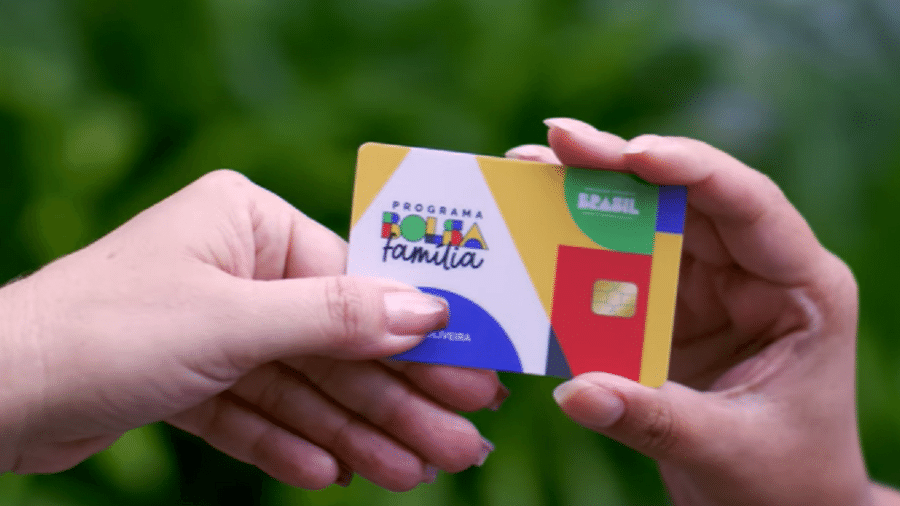Advertisements
The CGU carries out a Cadastral Verification of single-person families. The Bolsa Família program is examining single-person families, which contain only one member.
Thus, the previous week, the Comptroller General of the Union (CGU) established plans for the next stages of the Cadastral Verification of single-person families in the Single Registry.
According to the department, this action will take place in 60 Brazilian cities, from the 16th to the 20th of this month, October. Thus, the initiative will include interviews with recipients, administrators and the comparison of information from various social systems.
Advertisements
It is worth noting that the information from CadÚnico serves as a basis for the distribution of Bolsa Família installments.
Read also: Bolsa Família Eligibility for Single Men: Know the Guidelines
Advertisements
Therefore, the selection of cities, distributed across 27 national states, was based on:
- Reliability of social platform recipients; and
- Number of single-person families in each area.
Which locations are on the list?
See, then, the list of 60 cities where the General Comptroller's Office of the Union will carry out the analysis of the Single Registry:
- Abel Figueiredo (PA);
- Alagoinhas (BA);
- Araguainha (MT);
- Autazes (AM);
- Bethlehem (PA);
- Calves (PE);
- Bom Jesus do Norte (ES);
- Bonfim (RR);
- Brasilia (DF);
- Cabedelo (PB);
- Campina Grande do Sul (PR);
- Campo Grande (MS);
- Caseara (TO);
- Catende (PE);
- Chapada (MA);
- Chui (RS);
- Corguinho (MS);
- Cumbe (SE);
- Fortaleza (CE);
- Foz do Iguaçu (PR);
- Guarulhos (SP);
- Humaitá (AM);
- Israelandia (GO);
- Itaberaba (BA);
- Itajuba (MG);
- Itanhaem (SP);
- Itumbiara (GO);
- Jequiá da Praia (AL);
- Lizard (SE);
- Salty Lagoon (RN);
- Marcos Parente (PI);
- Miguel Pereira (RJ);
- Mondai (SC);
- Monsignor Tabosa (CE);
- Mossoro (RN);
- Nova Iguacu (RJ);
- Olinda (PE);
- Brazilwood (BA);
- Peacock (MG);
- Rock (AL);
- Peri Mirim (MA);
- Peruibe (SP);
- Peaks (PI);
- Planaltina do Paraná (PR);
- Porto Alegre (RS);
- Porto Velho (RO);
- Pracuuba (AP);
- Quixadá (CE);
- Rio de Janeiro (RJ);
- Rio Tinto (PB);
- Salvador (BA);
- Saint Anne of Deliverance (RS);
- Senator Guiomard (AC);
- Seropédica (RJ);
- Serra Azul (SP);
- Theophilo Otoni (MG);
- Timon (MA);
- Tucurui (PA);
- Great Floodplain (MT);
- Victory (ES).
Therefore, it is crucial that recipients in these areas verify their compliance with Bolsa Família guidelines.
Why this inspection of Bolsa Família?
Initially, we must emphasize that the purpose of this inspection is not to suspend or terminate the benefits of all registrants.
In other words, the main objective is to review and validate the information provided. This way, it is possible to detect potential fraud or inappropriate Bolsa Família payments.
Therefore, those who comply with the rules and provide accurate data in CadÚnico have no reason to worry.
The CGU's objective is to ensure the honesty and correct application of Bolsa Família funds for citizens in true need.
Who is entitled to Bolsa Família?
According to Federal Government guidelines, all families with a monthly per capita income of up to R$$ 218 can benefit from Bolsa Família.
Additionally, all beneficiaries must be registered in the Cadastro Único (CadÚnico), Brazil’s main repository of social information. Furthermore, all of their information must be updated at least every two years.
After its restructuring, the Bolsa Família program now includes:
- Early Childhood Benefit: children aged 0 to 6 years old, in the amount of R$ 150 per child within this age range;
- Citizenship Income Benefit: for all family members, in the amount of R$ 142 per person;
- Family Variable Benefit: pregnant women and children aged between 7 and 12 years old, or adolescents aged between 12 and 18 years old. That is, R$ 50 per person who meets the criteria;
- Supplementary Benefit: if the Citizenship Income Benefit is not sufficient to reach the minimum amount of R$ 600 for each family unit. Thus, the supplement is calculated to ensure that no participant in the assistance measure receives less than the amount of R$ 600.
Return of Gas Aid with Bolsa Família in October
A new installment of Bolsa Família and Auxílio Gás will be made available by the Federal Government next Wednesday, October 18th.
Thus, according to Caixa Econômica, the government banking entity in charge of the financial management of the benefit, all recipients of the aid will be able to access the amounts through the Caixa Tem application, via the Digital Social Savings account.
The distribution of the amount follows the usual practice, that is, according to the last number of the Social Identification Number (NIS) of each recipient. This month, deposits will take place between October 18th and 31st.
How does Gas Aid work?
The month of October marks the resumption of the Gas Aid. This bimonthly benefit aims to help families in situations of social and economic vulnerability to obtain gas.
Read also: Unexpected Benefits for Bolsa Família Beneficiaries: Be Surprised by This!
According to the Ministry of Social Development, those enrolled in the program will receive R$ 106 in October.
Furthermore, Caixa recently revealed that more than 5.3 million Brazilian families have benefited from the aid, which is offered bimonthly and corresponds to 100% of the average price of gas.
It is important to highlight that the amount of aid fluctuates according to the average price of a national gas cylinder.
October 2023 Calendar
According to the Ministry of Social Development and Caixa Econômica Federal, the new Bolsa Família and Auxílio Gás payments will occur on the following dates:
- October 18: NIS ending in 1;
- October 19: NIS ending in 2;
- October 20: NIS ending in 3;
- October 23: NIS ending in 4;
- October 24: NIS ending in 5;
- October 25th: NIS ending in 6;
- October 26: NIS ending in 7;
- October 27: NIS ending in 8;
- October 30: NIS ending in 9;
- October 31: NIS ending in 0.
Therefore, it is essential that recipients check their NIS to determine when they can withdraw their amounts. This way, the recipient will have several options to manage their benefit, such as withdrawals, PIX, bill payments, among others.

